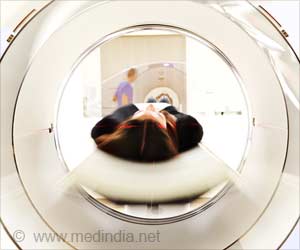New fuel-cell vehicles have low upfront cost, long driving range and enable fast refueling.

‘New fuel-cell cars offer low initial costs, a long driving range, and quick recharge capabilities.’





"To make fuel-cell cars a reality, the DOE (Department of Energy) has set a system cost target of $30 per kilowatt, which translates into about $2,400 per car," Yan said. Adding, "Right now, the cost for PEMFCs is $52 per kilowatt, which is a big improvement over where the technology started. But the catalyst accounts for only about $12 of that total, leaving $40 worth of other components. So even if we throw in some magic, we can’t get the rest of the way down to the target of $30 with PEMFCs."
First, to become a commercial reality, fuel-cell engines have to be at cost parity with their gasoline counterparts and moving from an acid platform with the PEMFC to a base system with the HEMFC will enable a collateral benefit in bringing down all of the associated costs. "Then, if we agree that this is the best approach, we need to get everyone in the HEMFC research community on board. If we want to succeed, we have to work together," Yan said. Finally, he said that it is insufficient just to have a lower cost. "It doesn’t work to compare our results today with those from yesterday or the day before. To succeed commercially with HEMFCs, we have to match or beat the performance of PEMFCs. It’s that simple- we can’t succeed without achieving performance parity," he said.
Source-ANI








